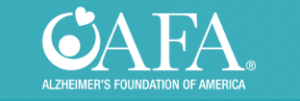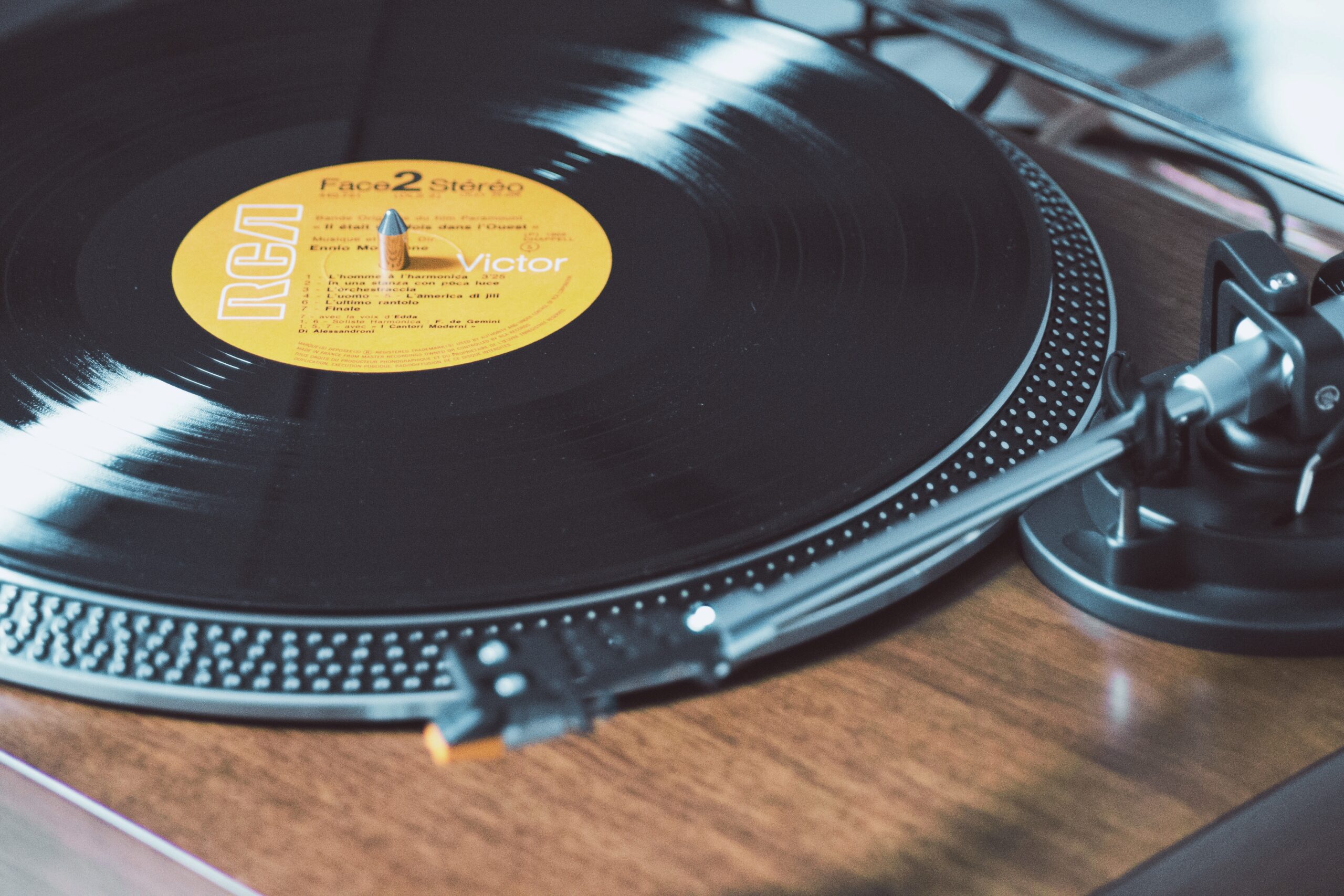
Playlist from the 1950’s (mostly)
Music accompanies us throughout our lives. It is with us during celebrations and during hard times. Below is a list of songs consisting mostly of music written in the 1950’s. These are songs from the Great American Songbook, as well as a few well-known songs in Spanish.
We hope these songs can help you lift your spirits and feel less isolated.
Enjoy with your loved ones and join in by clapping, singing along, and sharing thoughts and memories elicited. Please share your reactions with us! Do you have a favorite? Anything you would like added to the list?
Please subscribe below to get more resources delivered to your inbox. You can also contact us directly for a music therapy consultation.
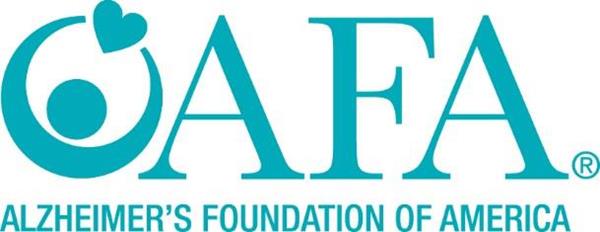
Join us for a Drum Circle at the Alzheimer’s Foundation on February 15
AFA Care Connection Community Class: “I Got Rhythm” Drum Circle
February 15 @ 3:00 pm – 4:00 pm EST
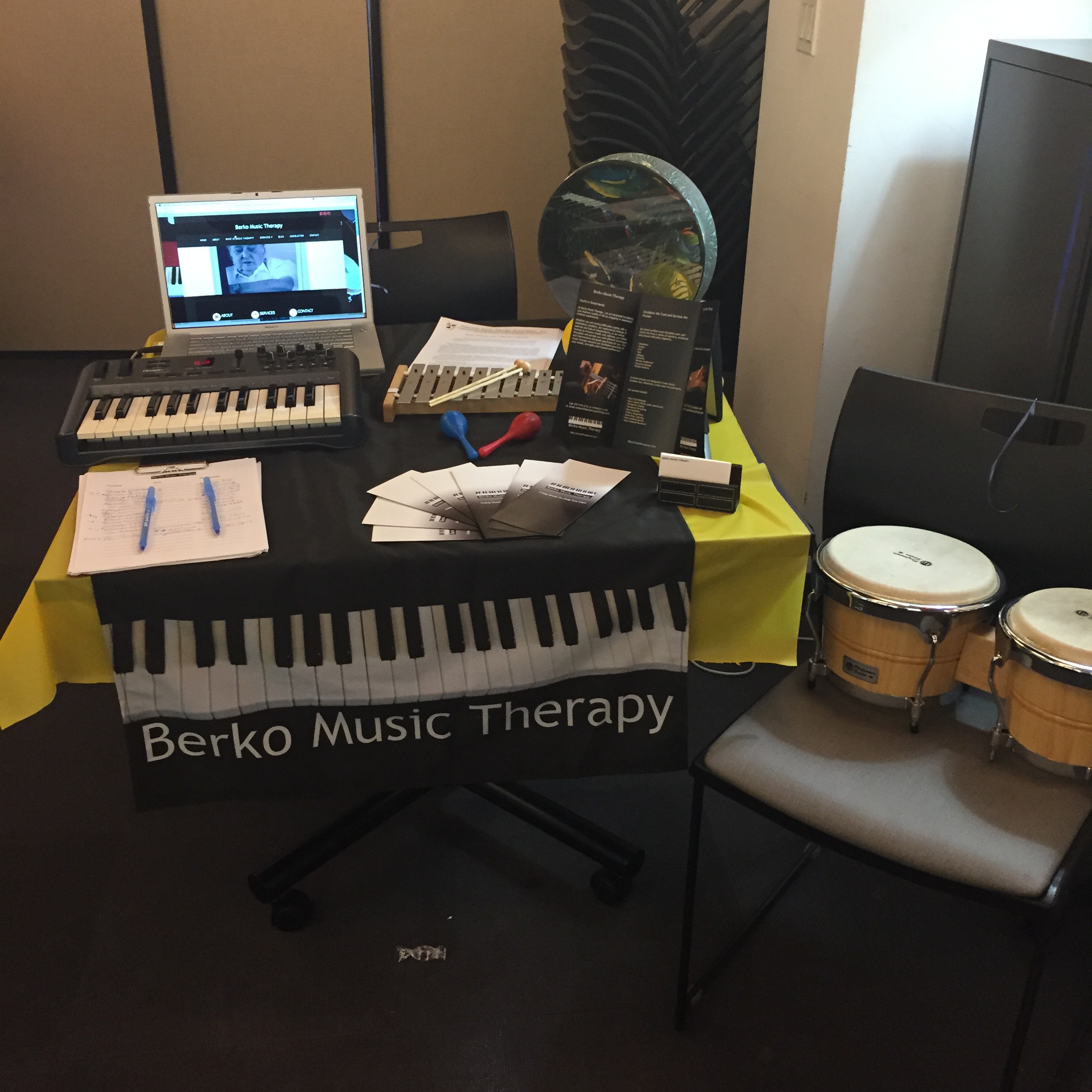
Community Health Fair
We recently participated in a wonderful holistic health fair hosted by Stein Senior Center. We were invited along with other healthcare providers, and had the opportunity to chat with members, families, and clinicians about how music therapy can help the community. The instruments displayed were hard to resist and improvised jams naturally emerged from numerous interactions. Once again it is evident that the power of music is immediately available for those who dare to use it.
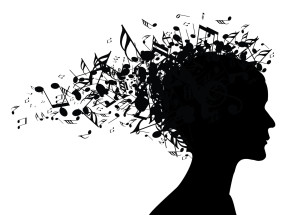
To learn more call us at 347-774-1712 or email us below.
[contact_form]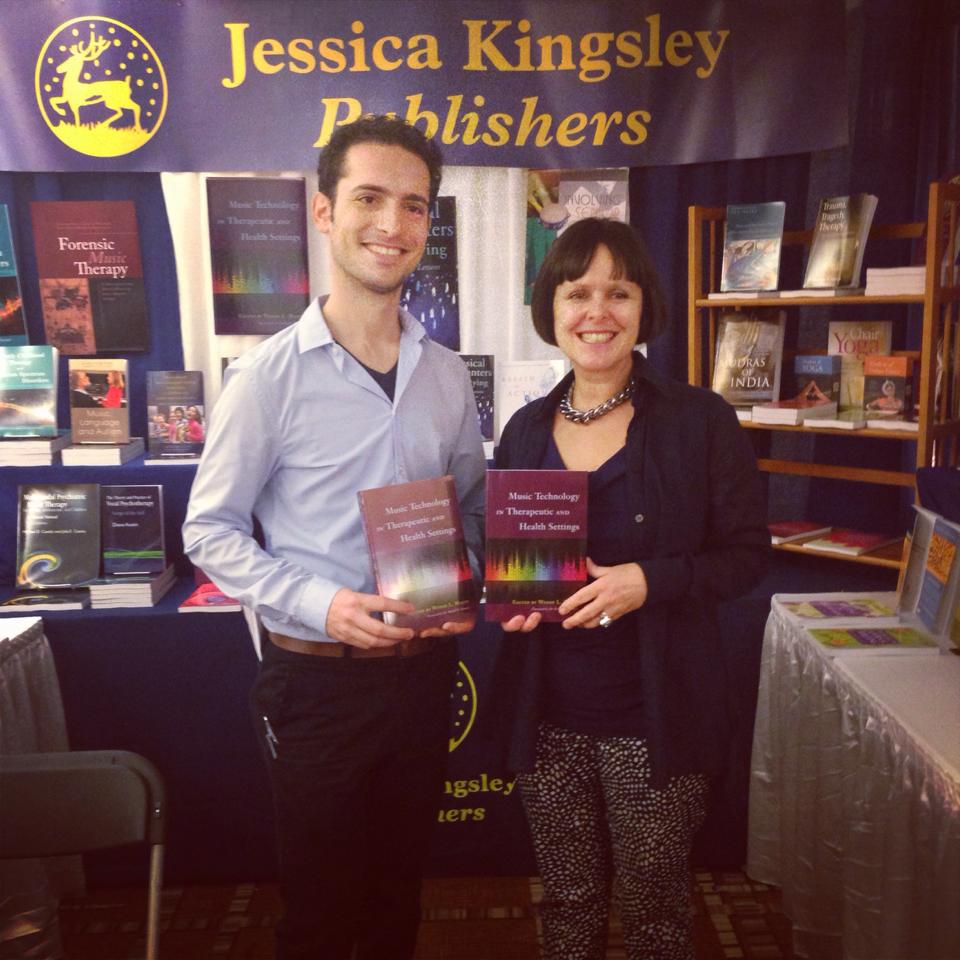
Published! – On Music Therapy and Technology
I have the honor to be featured in Dr. Wendy Magee’s new book called Music Technology in Therapeutic Health Settings, published by Jessica Kingsley Publishers, one of the top publishing companies in the field .
Dr. Wendy Magee is a world renown professor, researcher and music therapist. For this project, she recruited a number of music therapists currently doing breakthrough work with music technology, and asked each to write a chapter about it.
I wrote chapter 15. Garageband as a Digital Co-Facilitator: Creating and Capturing Moments with Adults and Elderly People with Chronic Health Conditions.
 In this chapter I talk about how I used Apple’s music software Garageband in a music therapy group I ran for Spanish speaking registrants at an adult day health center in Bronx, NY. This was one of the many programs I had the opportunity to design and implement while working with the Institute for Music for Neurologic Function. The group recorded a full album of original songs as part of their creative therapeutic process.
In this chapter I talk about how I used Apple’s music software Garageband in a music therapy group I ran for Spanish speaking registrants at an adult day health center in Bronx, NY. This was one of the many programs I had the opportunity to design and implement while working with the Institute for Music for Neurologic Function. The group recorded a full album of original songs as part of their creative therapeutic process.
Perhaps my central argument is that technology not only can facilitate musical, creative and therapeutic processes, but also help adults and elderly feel connected to the current trends in the world surrounding them. In this group in particular, members have at least three barriers that are potentially isolating: culture, age and health related. The use of technological devices such as laptops and ipods may at least partially diminish a little bit of each.
A number of participants in the program reported feeling more connected to their younger family members after gaining a better understanding of current technology related cultural trends. They were also able to work together relying on each other’s strengths to minimize their weaknesses. A stroke survivor with a speech deficit was able to thrive in the group due to her intact memory, while a woman with early stages of dementia was able to utilize her great diction to contribute to the group in spite of her deteriorating memory skills.
With the use of technology we were able to capture the meaningful moments we created, maximize them and reflect them back. The production of the album provided the context in which we relied on for guidance and purpose. In the chapter, I describe some techniques implemented to support, fulfill and magnify the creative ideas of the group. Such techniques include overdubbing, multi-tracking, and looping.
I am hoping some of these ideas can add something to the ever present yet increasingly pertinent discussion of technology related issues in the field. What is our role as music therapists/album producers? How much should we add our own aesthetic ideas? How much do we ‘fix’ notes and mistakes? What are some counter-indications to the use of technology?
Congratulations to Dr. Wendy Magee for putting together this extremely important book, to Dr. David Ramsey -who I consider my mentor- for his genius foreword, and to all the brilliant music therapists who wrote and participated. I am thrilled to be a part of it!
You may order the book directly at Jessica Kingsley Publishers or at Amazon.
Learn More

